Food review: Osteria Polpo is the latest addition to the Adelaide dining scene
There were some admitted teething problems when our food reviewer tried out Osteria Polpo, however it appears set to become a long-term addition to Adelaide’s dining aristocracy.
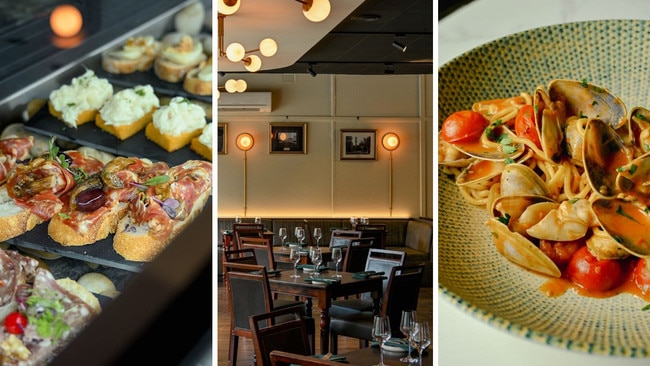
SA Weekend
Don't miss out on the headlines from SA Weekend. Followed categories will be added to My News.
Behold the power of a little fish and a forgotten flavour. A power by which one piece of bread ferrying a sardine and sweet-sour onions is enough to teleport from the clubby confines of establishment Adelaide to a rambunctious bar next to Venice’s fish market.
And that simple snack at Osteria Polpo, recently opened on the eastern edge of the city, isn’t the only part of dinner to conjure up memories of long-forgotten days in northern Italy.
For owner Paul Serafin, the connection is personal.
This is his first full-blown restaurant but he has a long background in hospitality, first with the sandwich-slinging Stax and then The Flying Fig cafe.
However, both Serafin’s parents come from a small town near Treviso, just north of Venice, and the dream of showcasing this part of his heritage, as opposed to a more generic Italian offering, wouldn’t go away.
Finding the right location for Polpo required an additional leap of faith.
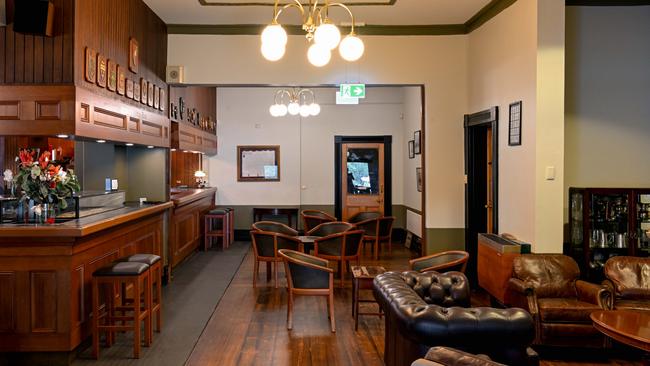
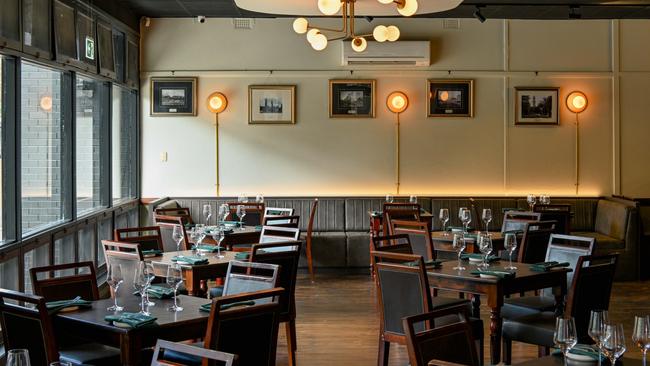
Rather than sticking to a busy retail strip and tapping into a Grand-Canal-side tourist vibe, Serafin saw potential in the ageing grandeur and worn timbers of a historic building to reflect a more realistic side of Venetian life.
Built by the physicist Sir William Bragg in 1899, the mansion at 207 East Tce was taken over by Adelaide’s Public Schools Club in the 1960s and its old-scholar members continue to use most of the original property.
Polpo has leased a later addition tacked on to the front, as well as an adjacent lounge and bar.
While it all looks a little incongruous from outside, the interior is virtually seamless, with expanses of dark wood, elegant light fittings, brass trim and comfortably upholstered chairs in the more modern section all passing muster.
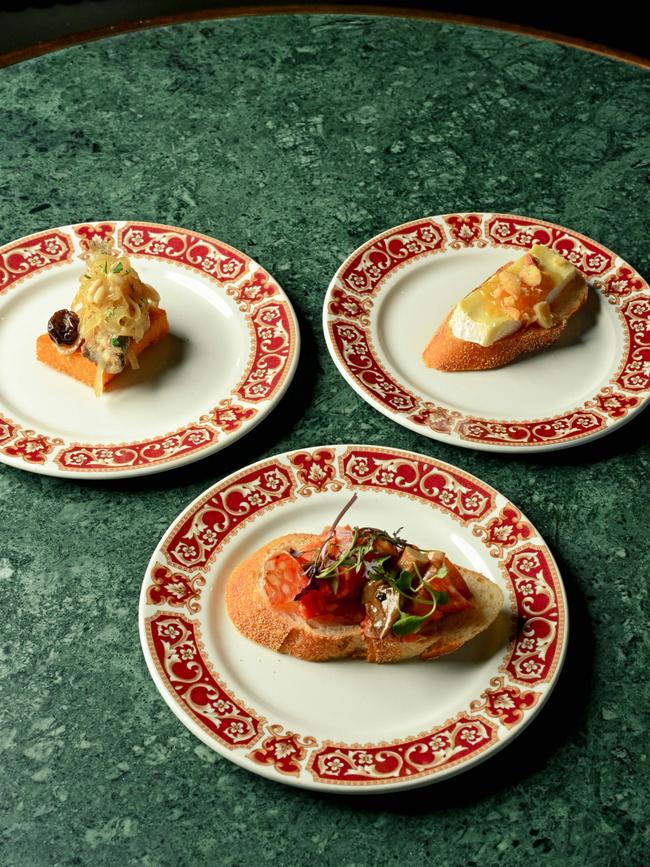
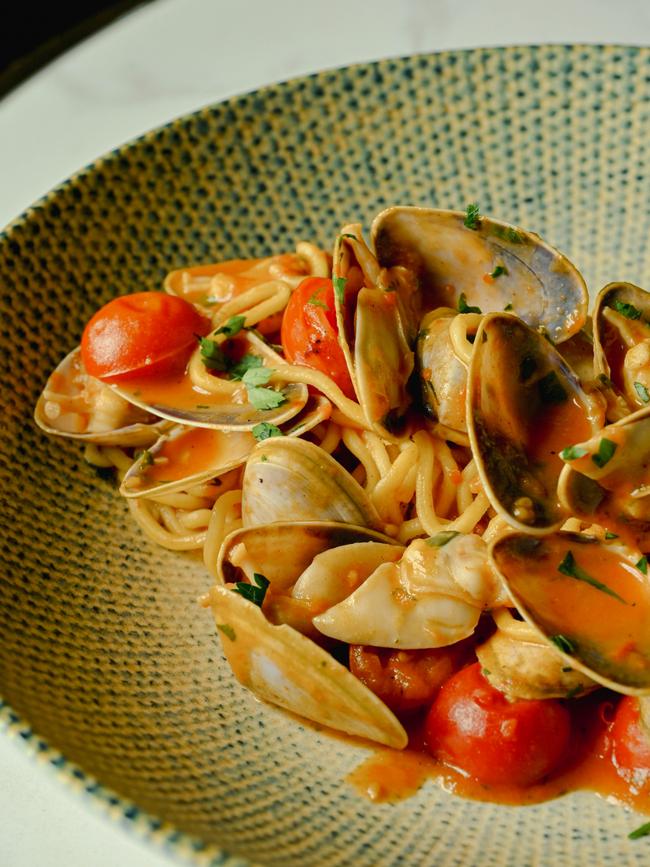
On the bar counter, chilled glass cabinets are filled with a variety of “cicchetti”, Venice’s take on tapas, mostly combinations of smallgoods, preserved veg and particularly seafood arranged on sturdy slices of bread.
Starting with a few of these ready made snacks (go for the sardine, obviously, and also the salted-cod cream known as baccala) provides a good prelude for what is to come, but on this night they prove absolutely essential.
As Serafin acknowledges later, an updated menu on a busy night causes mayhem in the kitchen and the gap between courses, particularly entree to main, becomes a test of patience.
And with the boss putting out that fire (not literally) behind the scenes, a lack of communication from the inexperienced team on the floor brings further frustration.
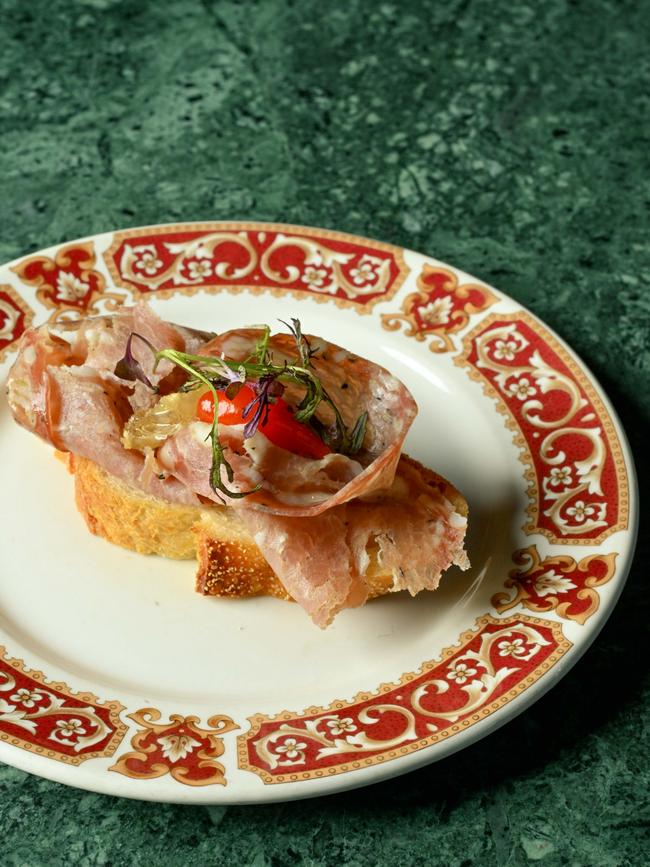
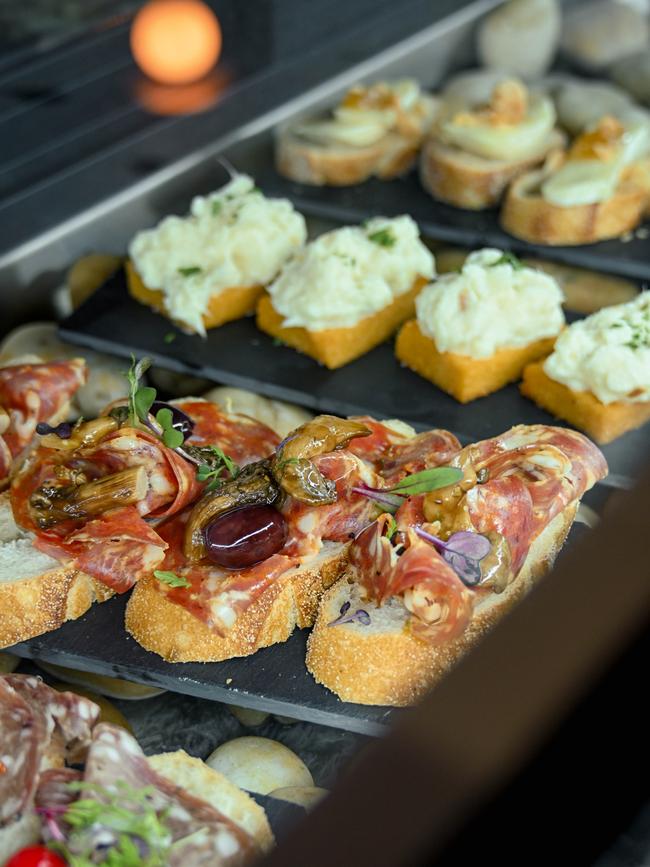
Fortunately, what does arrive is worth a wait. Local squid, baby octopus (that’s polpo in Italian) and, best of all, soft-shelled crab make up an expertly fried fritto misto.
Sardines (yes, more) are given extra pampering with a capital P, crumbed with pecorino and laid over peperonata on a grilled block of polenta.
Coffin Bay scallops, however, don’t justify their price tag, the small pucks of meat lacking any real flavour and lost beneath an avalanche of breadcrumbs.
Bigolgi, a thicker-gauge spaghetti, provokes an animated discussion about the definition of al-dente.
I’m on the side that enjoys the firmer bite of this house-made wholemeal pasta, as well as the subtlety of an accompanying duck ragu with its braised meat finely chopped and fragrant with cinnamon rather than relying on a gutsier red wine or tomato foundation.
Equally refined is a deboned and butterflied King George whiting, the skin branded with scorch marks from the grill and flesh immaculate, partly swathed in ribbons of fresh fennel and surrounded by a sauce based on the milk that has been used in cooking the baccala.
A pair of quails, ribcages removed and filled with a pork mince, are wrapped in prosciutto and grilled in a manner that, once again, suggests some serious expertise in this area.
To the side, a clump of grilled radicchio keeps things simple, though I reckon a smidge of light jus might have helped bring it all together.
Of the desserts, a quivering, barely-solid amaretto panna cotta must use minimal amounts of gelatin.
And the classic tiramisu is exactly that – cake, mascarpone, marsala and a confident splash of espresso.
Talking classics, Osteria Polpo certainly has the makings of a long-term addition to Adelaide’s dining aristocracy, particularly with the appointment of new head chef Stefano Magrofuoco, originally from Treviso. For a cheap trip to Venice, you know what to order.





